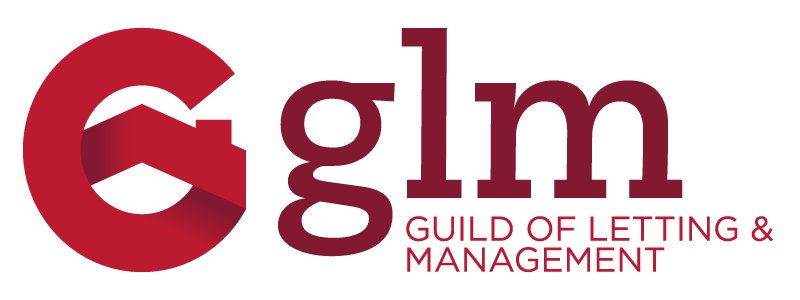The Benefit of Testimonials — Are they worth the Paper They are Written On?
In the age of the Giant Megaphone — otherwise known as Social and Digital media, the consumer can voice their opinion pretty quickly. It is difficult, unless you have a lot of money or a very good lawyer, to make comments available for public consumption disappear. In an age where Trolls on the Internet are common place, bullying through social media is a day to day occurrence, a lot of companies are nervous about asking for testimonials, it is disappointing that we cannot be praised or seek praise for doing an exceptional job and providing an excellent service.
We are surrounded by testimonials everyday — from Tripadvisor to All Agents — we read and dissect information random people have taken the time to input on line, from holidays, to restaurants, to courier services, restaurants, hotels even taxi firms. I have been told over and over that some of my clients know that the testimonials they have read on competitors websites or on All Agents are sometimes “works of fiction”. How do you know, how can you tell? I visit a lot of agents across the UK and I often see “thank you” cards displayed. And I often speak to landlords who provide referrals about their clients — word of mouth, free and extremely reliable.
Sometimes we have the issue relating to the negative “press” — threats that a tenant or landlord will contact the local newspaper and the BBC (the two most common ports of call); the threat is very rarely followed through, yet there are occasions where through spite or frustration, letters and emails from a disgruntled consumer have appeared in full on social media. For the person resorting to such measures, beware the backlash.
You know you are good, excellent, exceptional, but how? Ask for a testimonial. If you ask for testimonials make sure you use them. They must serve a purpose and will act as your “Benchmark”. We fear the negative feedback — the correct term is “Constructive Criticism”, however, if you don’t know what’s wrong, how can you fix it?
To measure service levels mainly, to see if the clients are happy and also to improve on what we do. We read the feedback and always act on it. It is called a “Work in Progress”. And it is a big deal to pat yourself on the back.

